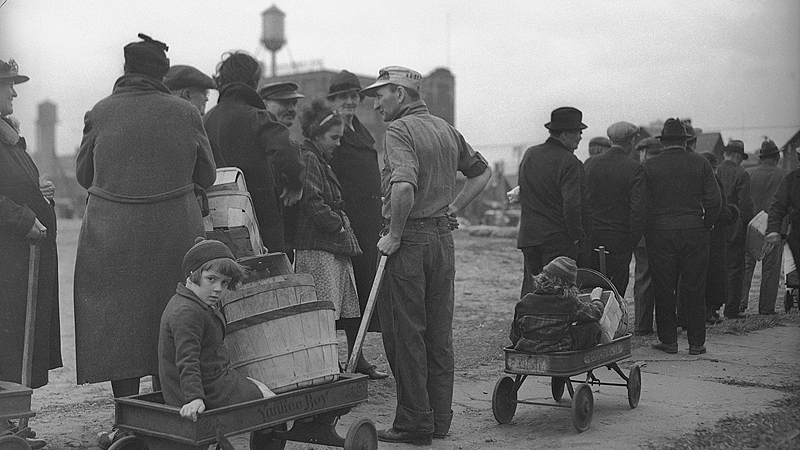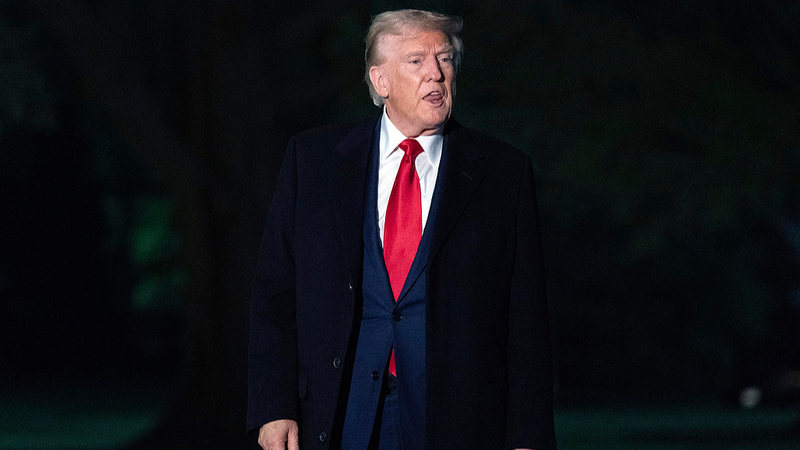With former President Trump proposing sweeping tariffs on imports, economists are flashing red alerts 🚨—and pointing to three historic missteps that mirror today’s debates. Spoiler alert: They all ended badly. Let’s break it down.
1. Smoot-Hawley Tariffs (1930): A Great Depression Disaster
Imagine hiking taxes on 20,000+ imports to “protect jobs.” Sounds familiar? The 1930 Smoot-Hawley Act backfired spectacularly, sparking global retaliation and shrinking trade by 66%. Fast-forward to today: Trump’s tariffs could slash U.S. wages by 7% and cost households $58K 💸, warns the Penn Wharton Budget Model. Trade wars aren’t “easy to win”—they’re pain multipliers.
2. McKinley Tariff (1890): The Political Time Bomb 💣
The Gilded Age’s 50% tariffs fattened corporate wallets but left voters fuming over sky-high prices. The backlash? A GOP wipeout in midterms. If Trump revives 1890’s playbook, expect a repeat: Rust Belt gains (maybe) vs. coastal consumer rage. As Professor Diao Daming notes, tariffs often promise jobs but deliver inflation—hitting low-income families hardest.
3. Nixon Shock (1971): When Unilateral Moves Backfire
Nixon’s “America First” currency gambit tanked the dollar and fueled 1970s inflation. Sound eerie? Trump’s tariffs risk similar supply-chain chaos today—think pricier iPhones 🍎, slower EV rollouts, and strained global alliances. History’s lesson: Going solo on trade can burn bridges—fast.
So… why repeat mistakes? 🤷♂️ As voters weigh economic pain vs. populist promises, history’s three cautionary tales scream: Tariffs aren’t a shortcut to prosperity—they’re a detour. Stay tuned.
Reference(s):
American Tariff Story: Why they don't work from 3 cautionary tales
cgtn.com







